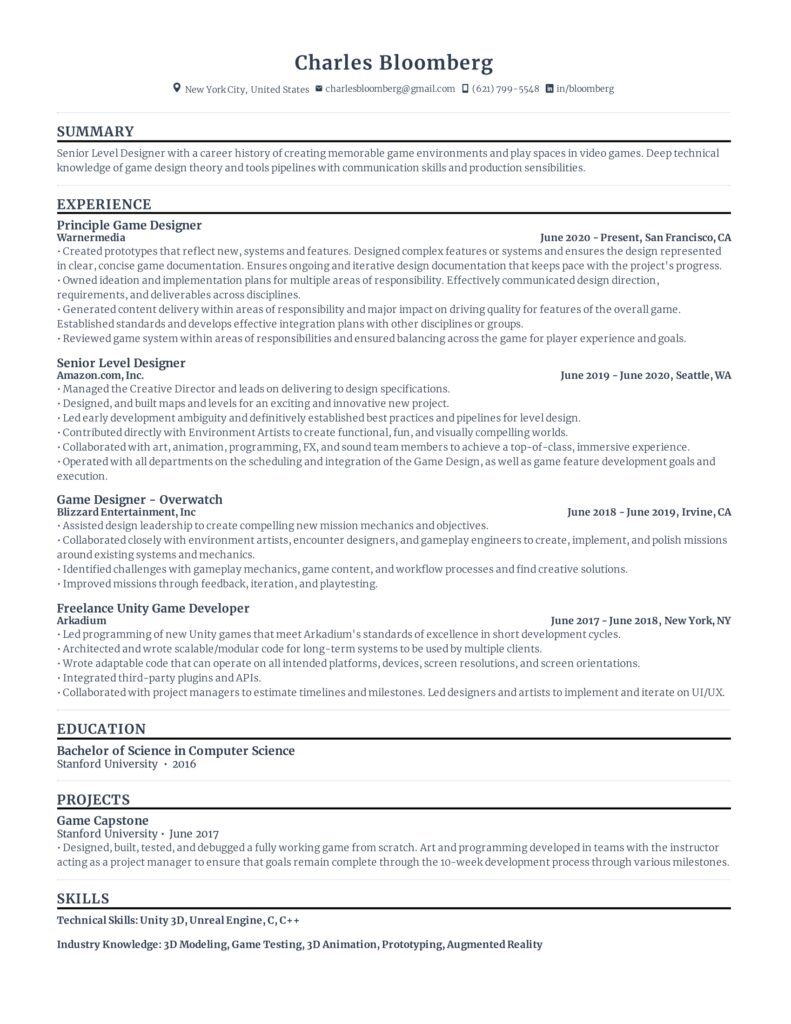Game development involves a range of skills, but game design is the core element that distinguishes good from bad games. Gameplay mechanics, level design, and UI design are the three primary aspects of game design. Gameplay mechanics involve the rules and systems that govern how players interact with the game world. Level design entails level creation that serves challenge and enjoyment within individual game environments or levels. UI design concerns the creation of a user interface that is clear, intuitive, unobtrusive, and consistent with the game’s overall aesthetic and tone. Effective game design requires a focus on these elements and iterating until the desired experience is achieved for players.
The 3 Principles of Game Design: Gameplay Mechanics, Level Design, and UI Design
Game development is an intricate process that involves a wide range of skills, including programming, art, sound design, story writing, and more. However, the core of any game lies in its design. A well-designed game can provide an engaging and rewarding experience for players, while a poorly designed game can be frustrating and unenjoyable. There are three primary aspects of game design that require careful consideration: gameplay mechanics, level design, and UI design.
Gameplay Mechanics
Gameplay mechanics refer to the rules and systems that govern how players interact with the game world. These mechanics can include things like movement, combat, resource management, dialogue, and more. Ideally, gameplay mechanics should be intuitive and easy to understand, while still providing depth and variety.
In order to create effective gameplay mechanics, game designers must first consider the overall vision and goals of the game. Is the game meant to be fast-paced and action-packed, or more methodical and strategic? What abilities and resources should players have access to, and how will they acquire them? How will players be challenged and rewarded for their actions?
Once these questions have been answered, designers can begin to craft specific mechanics that will support the intended gameplay experience. This can involve brainstorming, prototyping, and playtesting various ideas until the most effective and enjoyable concepts have been identified.
Level Design
Level design refers to the creation of the individual game environments or levels that players will navigate through. These environments can range from small, contained spaces to sprawling open worlds, and must be carefully crafted to provide both challenge and enjoyment.
Level design involves a variety of elements, including layout, pacing, obstacles, rewards, and more. Designers must consider the player’s perspective and experience, crafting environments that are interesting, engaging, and challenging while still being fair and intuitive.
In order to create effective levels, designers must first understand the core mechanics and systems of the game. Levels should be designed to challenge and showcase these mechanics, as well as provide visual interest and variety. Playtesting and iteration are essential to ensure that levels provide a fulfilling and enjoyable experience for players.
UI Design
UI design refers to the creation of the user interface or graphical user interface (GUI) that players will interact with throughout the game. This includes menus, HUDs (heads-up displays), inventory screens, and more. A well-designed UI can greatly enhance the player’s experience, providing information and feedback that is clear, intuitive, and unobtrusive.
UI design involves a range of considerations, including layout, typography, color, and usability. Designers must consider the player’s objectives and priorities when creating the UI, prioritizing essential information and minimizing distractions.
UI design must also be consistent with the game’s overall aesthetic and tone, providing a cohesive visual experience. Iteration and playtesting are essential to ensure that the UI is effective and enjoyable, and that it does not interfere with the gameplay experience.
Conclusion
Game design is a complex and multifaceted process that requires careful consideration of various elements, including gameplay mechanics, level design, and UI design. By prioritizing these aspects and creating cohesive and engaging experiences, game developers can create memorable and rewarding games that provide entertainment and enjoyment to players around the world.
